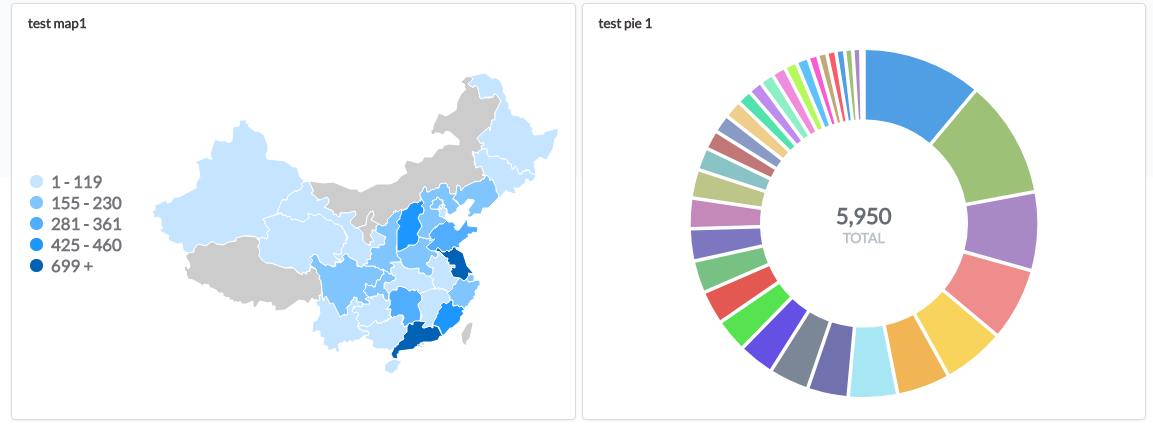

Next, you need a way to visualize your results. If you use Chartio, you don’t need to know SQL to fetch data, just use our Visual SQL, which allows you to query data without code. A number of tools can help you do this, such as database management systems (DBMS) like MySQL or business intelligence (BI) tools like Chartio. Once you have your data in one place, you need the ability to fetch the data you need using SQL. If you want to see the relationship between these two tables, you can use TrackID to do so. The “Albums” table contains a column for TrackIDs and so does the “Track” track table. In our SQL tutorial, we use the example of TrackID as one of the values that exists in multiple tables. “Relational” means that the data is related to each other, which means the values in one table also exist in another. To create a real-time SQL dashboard, you need some groundwork in place, including a relational database, the ability to fetch data, and a way to visualize it.Ī relational database is where you will pull your data from. What You Need to Create a Real-Time SQL Dashboard This allows the Partner Success team to be proactive and work to create more positive experiences, ensuring repeat business.Ĭreating an SQL dashboard is possible for any business (yes, yours too), and it’s not as difficult as you may think to get started. This live feed shows the status of the orders and important details and, in particular, highlights when an order is delayed or canceled. For instance, Toronto-based startup Platterz created a dashboard they named Order Tracker, which is a “live feed of order data that Partner Success team uses daily.” Ultimately, a good SQL dashboard will empower anyone who sees it to make data-informed decisions that have a direct impact on the bottom line. These snapshots serve as an integral part of business intelligence systems, pulling from real-time data to visualize trends and make insights easy to identify.
#Metabase embed graps how to
I'm sure there are good examples of how to do this in AWS EBS support webpage.When you create a SQL dashboard, you get a snapshot into the health of your business. You will probably need to re-write Docker files to AWS EBS. In the second one, the author commited a Dockerfile ready to start. I noted down this two links from the original creator of the branch.
#Metabase embed graps driver
How to deploy the HTTP driver () to existing Metabase instance running on AWS Elastic Beanstalk?

I haven't had the opportunity to test it, but it can still be a good approach if you really need this. There is a PR/branch already in place for this issue. Maybe one option would be to use some middle layer database/datastore that can be defined as datasource for Metabase if there is some complexity involved to store data directly from API response to Metabase? Seems that this feature has not progressed anywhere so far unfortunately.Ĭan anyone recommend a simple opensource ETL tool or script that could be used fetch data regularly from REST API (JSON response) to be able to sync data to Metabase (hosted in AWS)? Basically I just send a body that contains something like: Our SaaS solution that we use offers a GraphQL API endpoint. There is a use-case for supporting POST method.


 0 kommentar(er)
0 kommentar(er)
